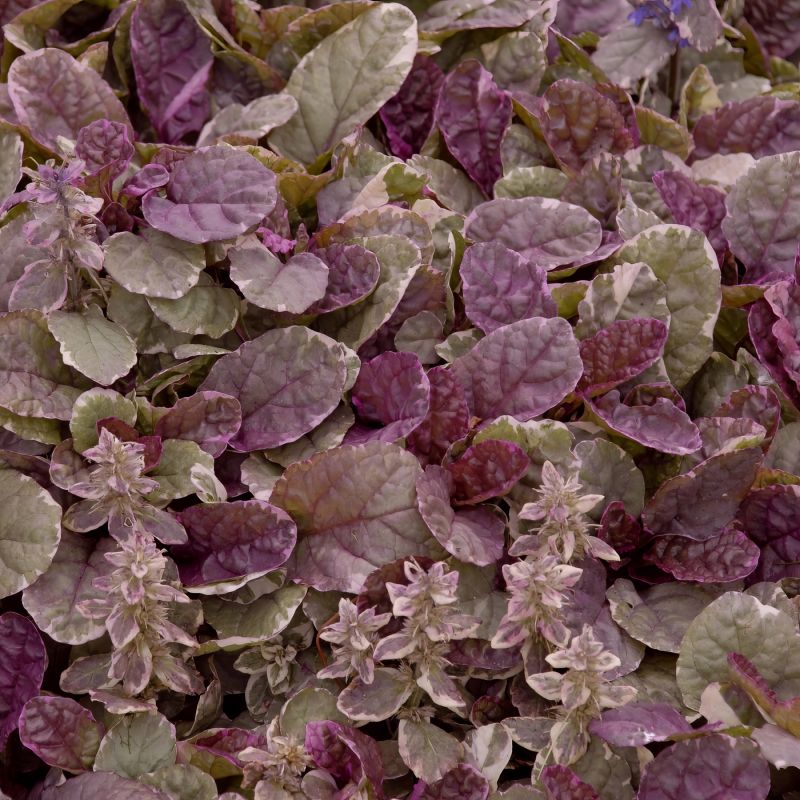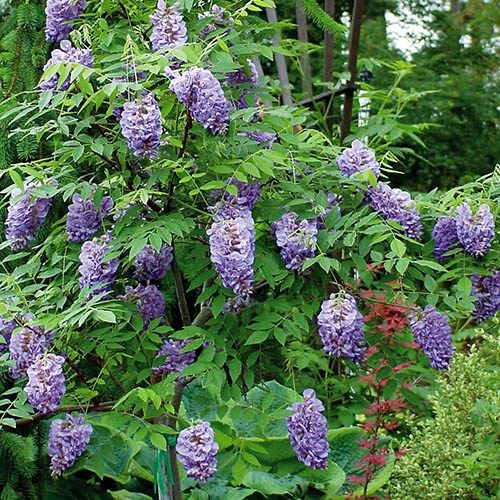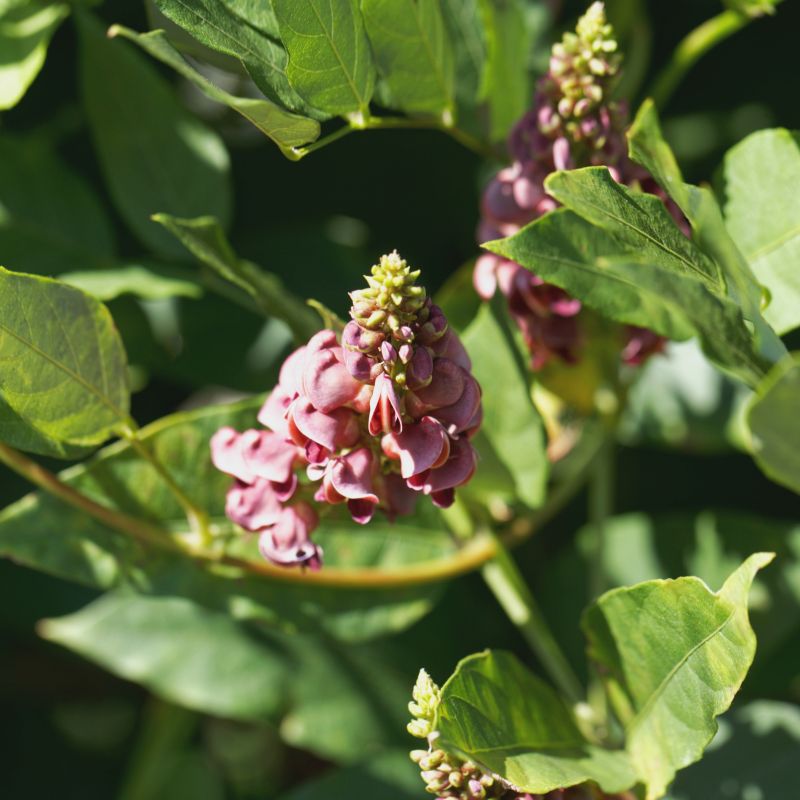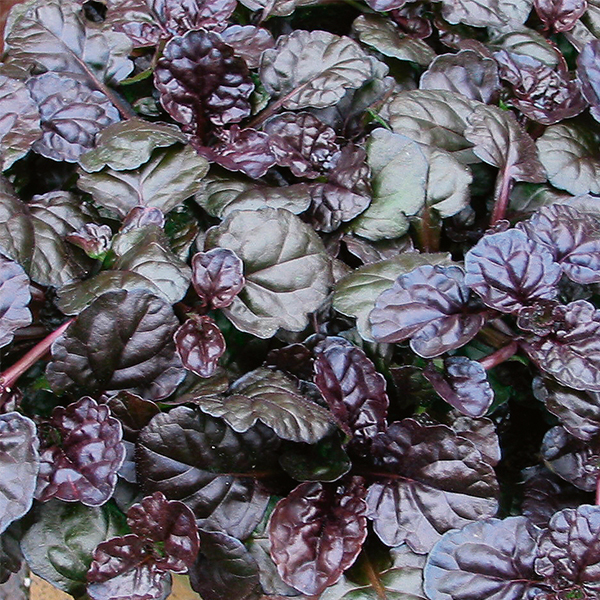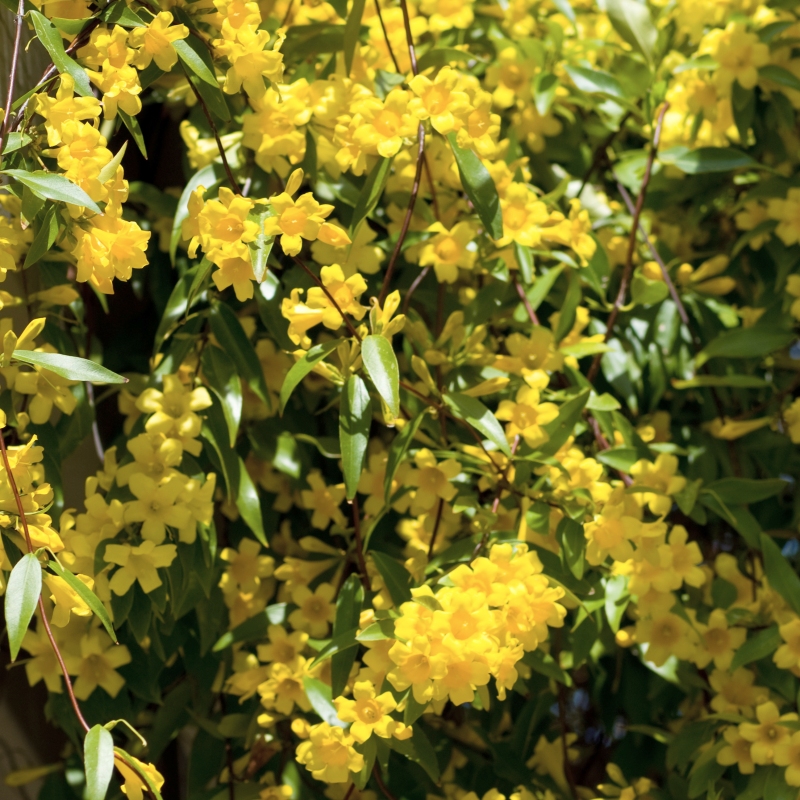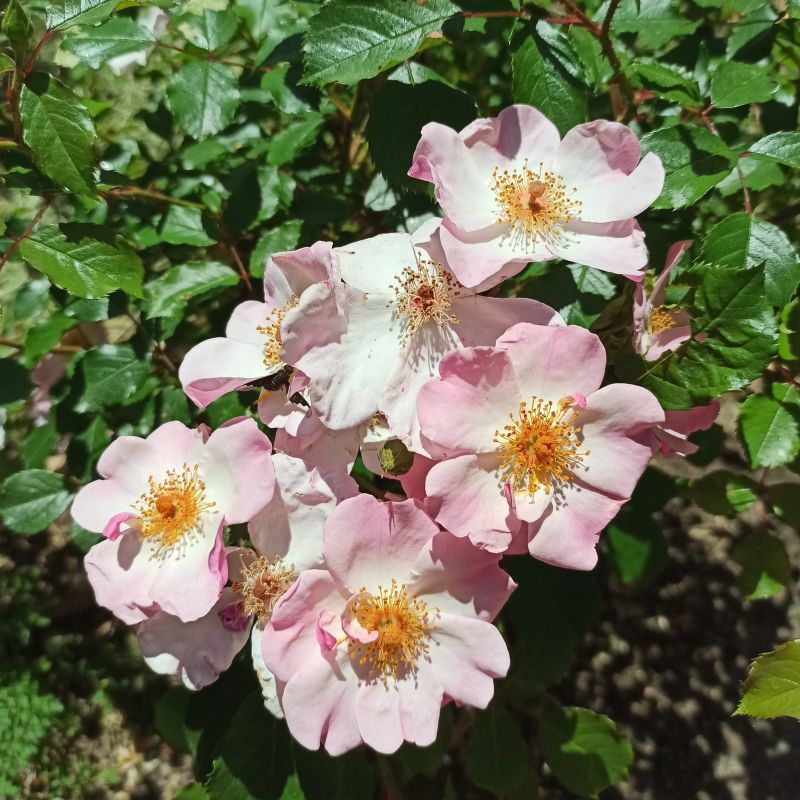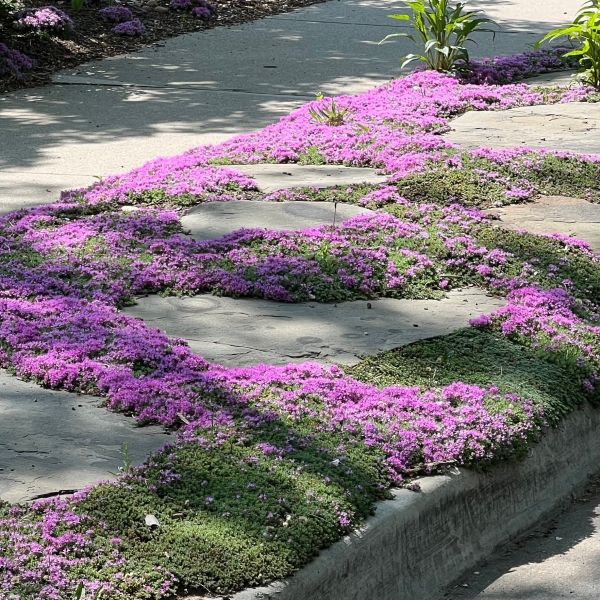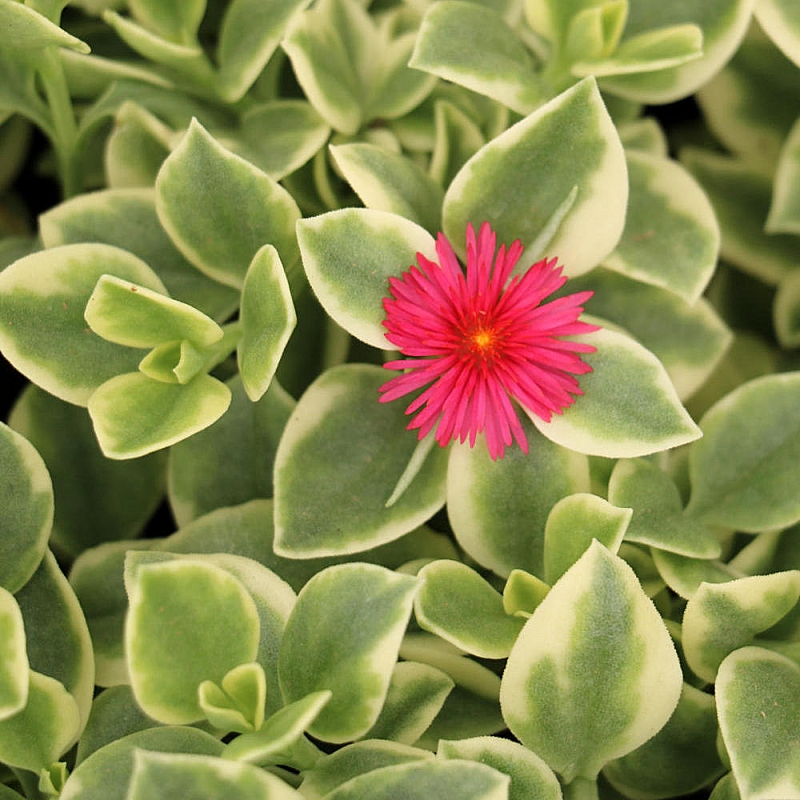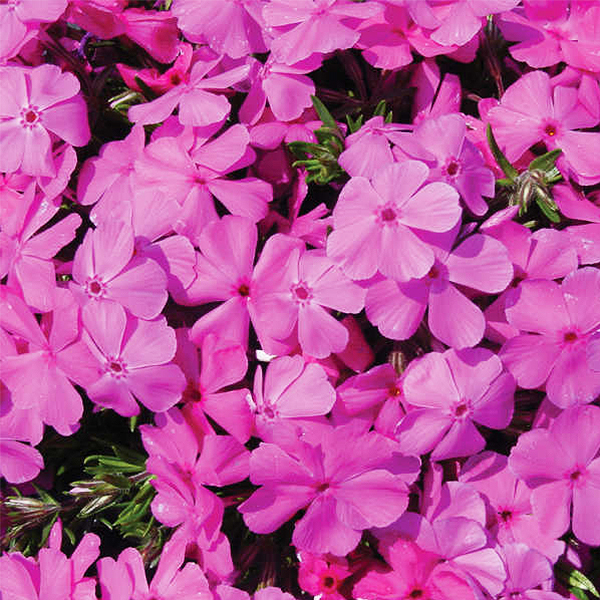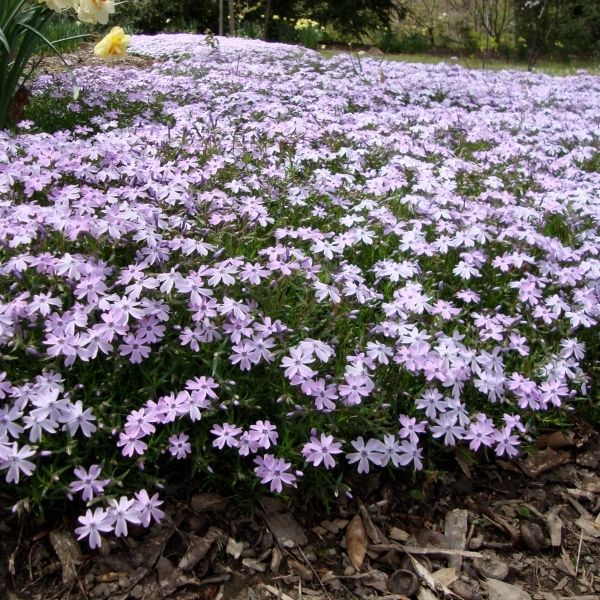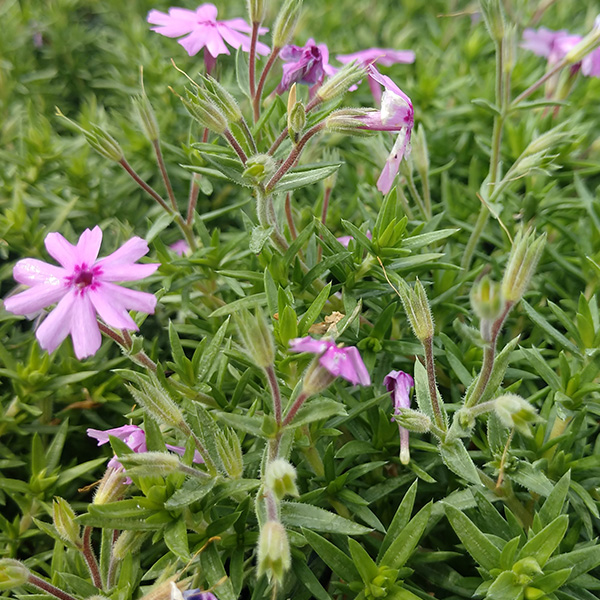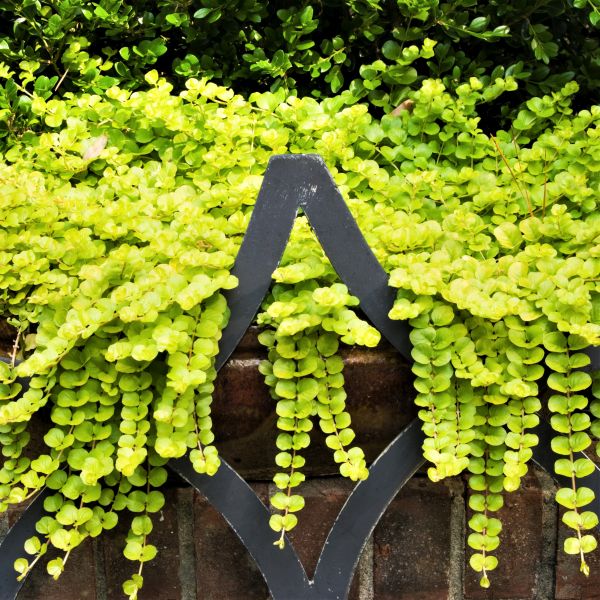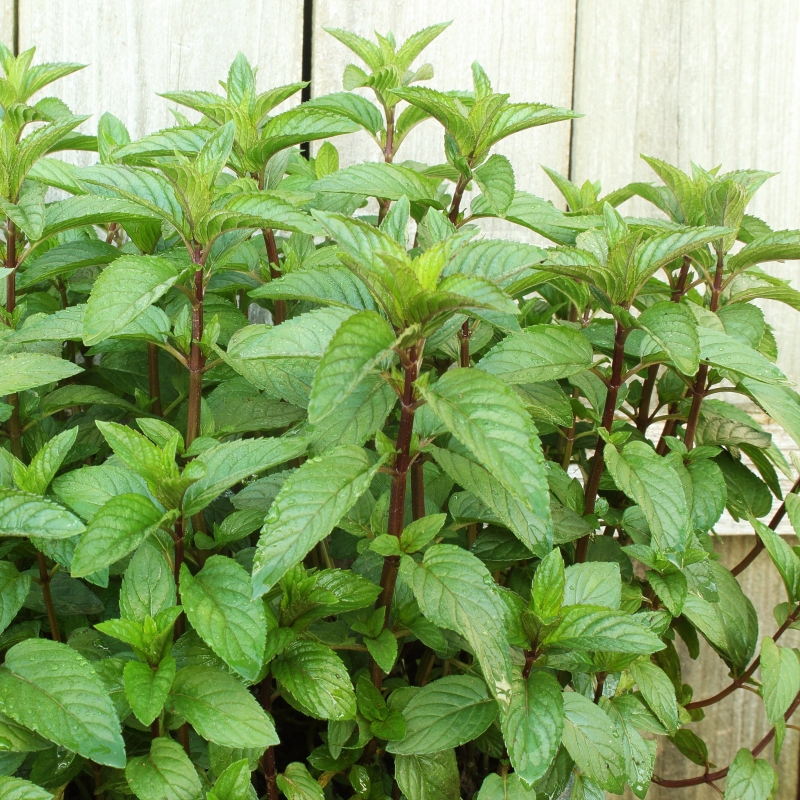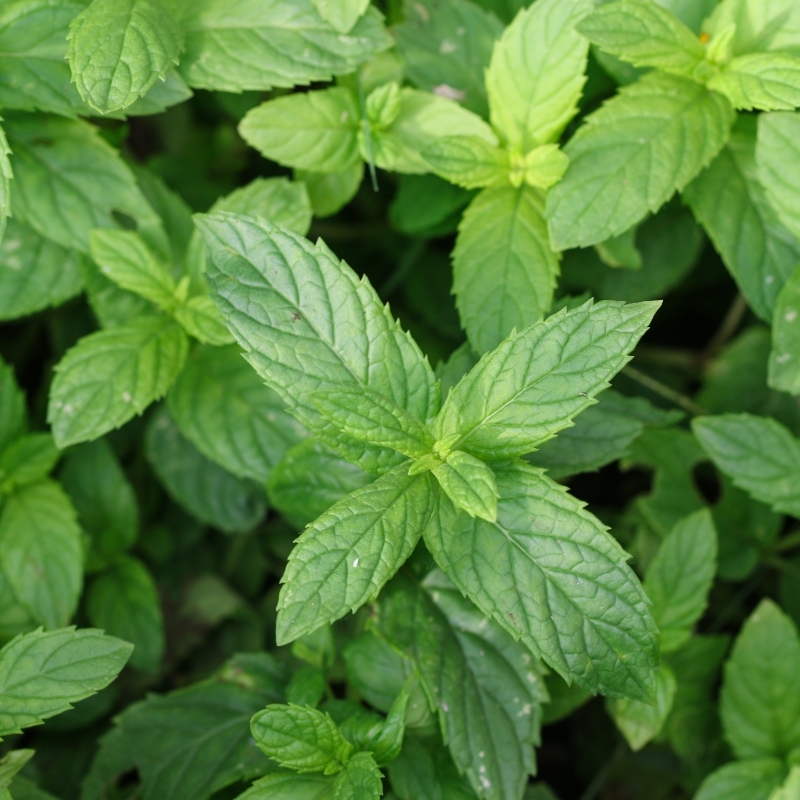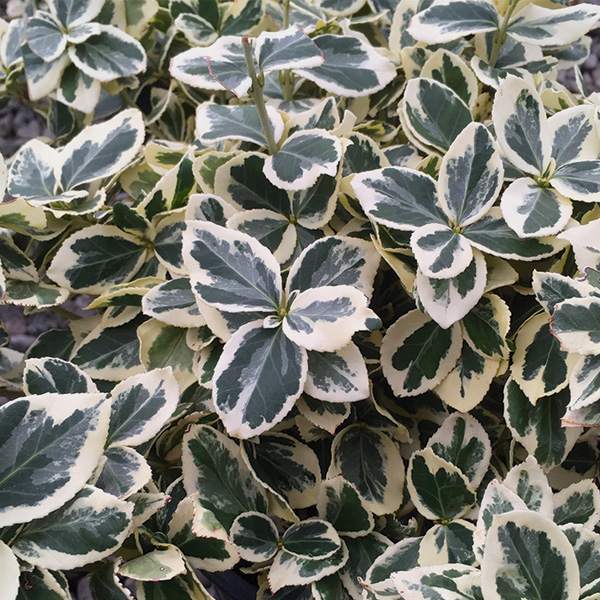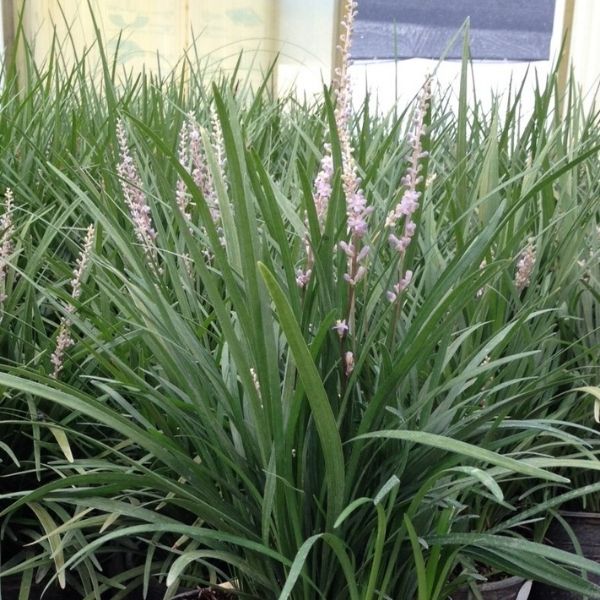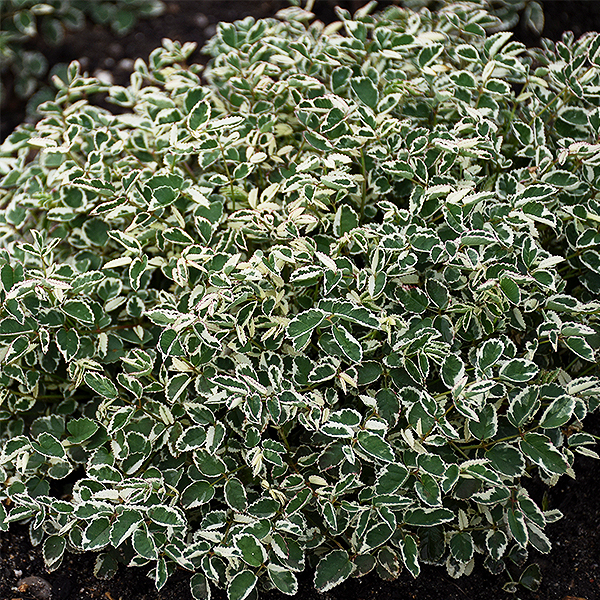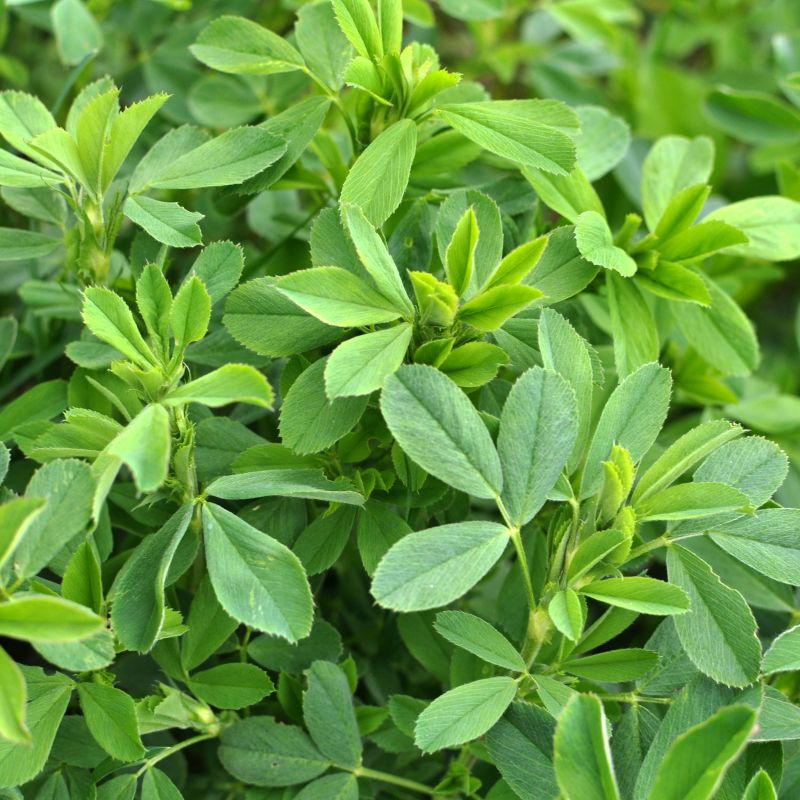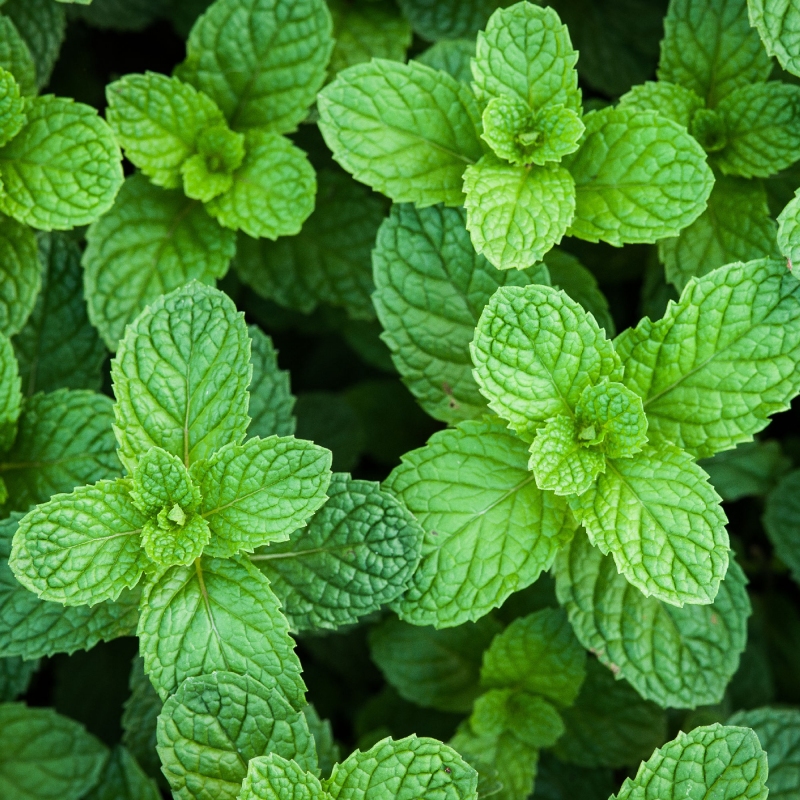
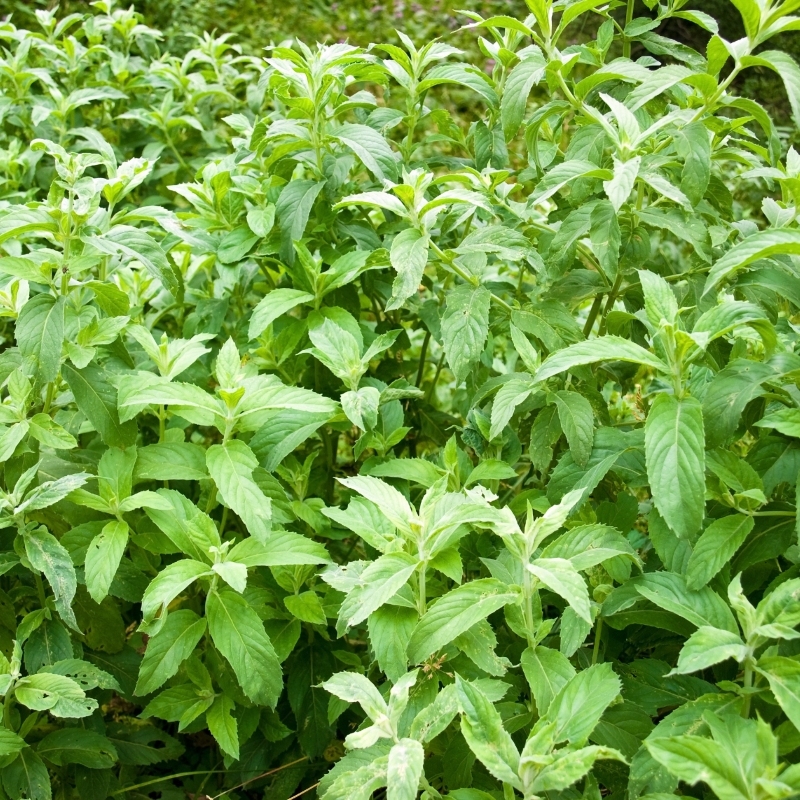
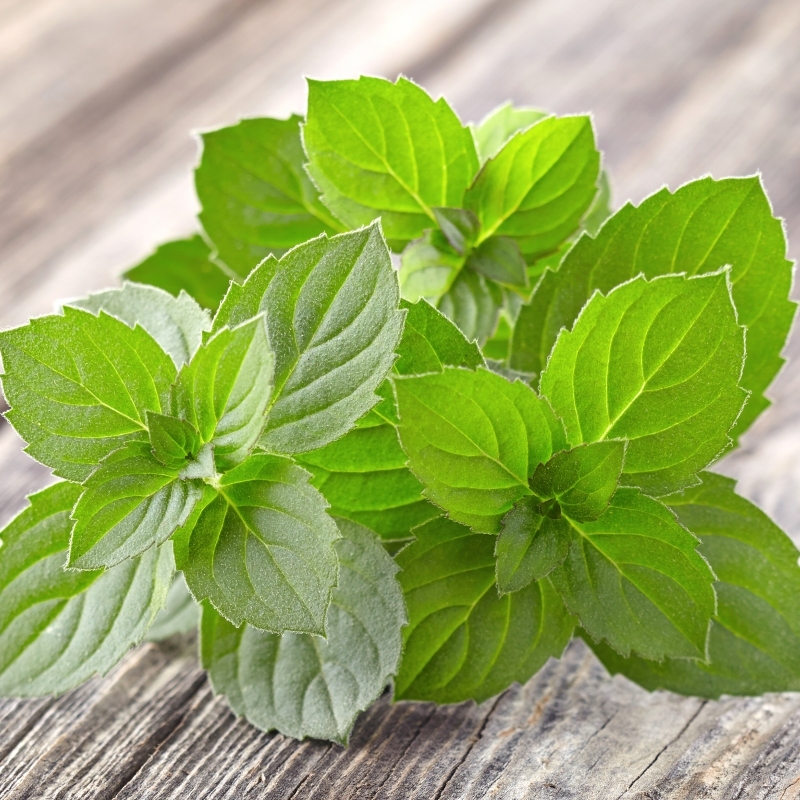
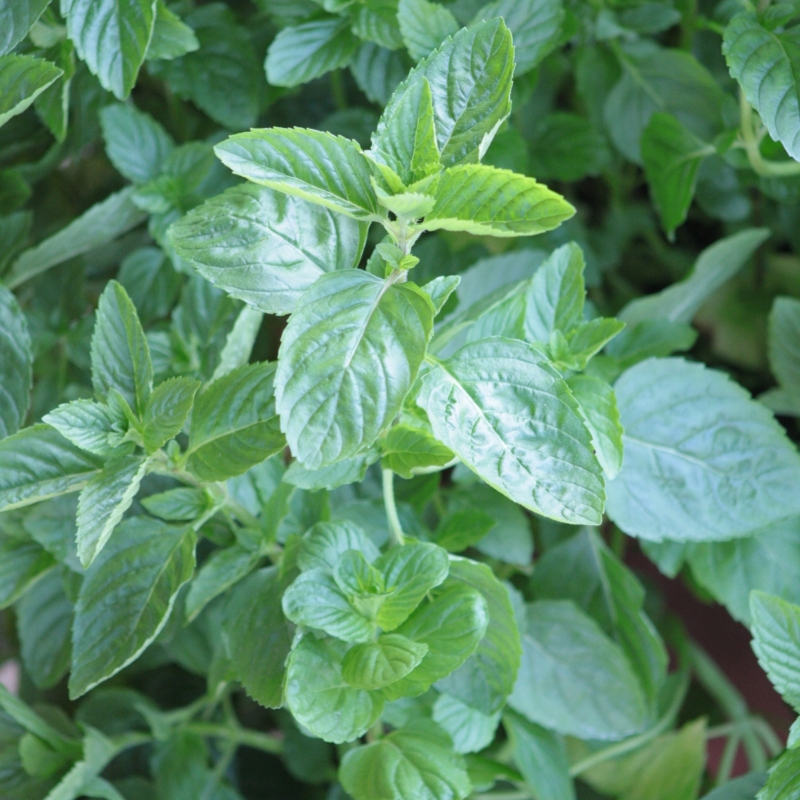
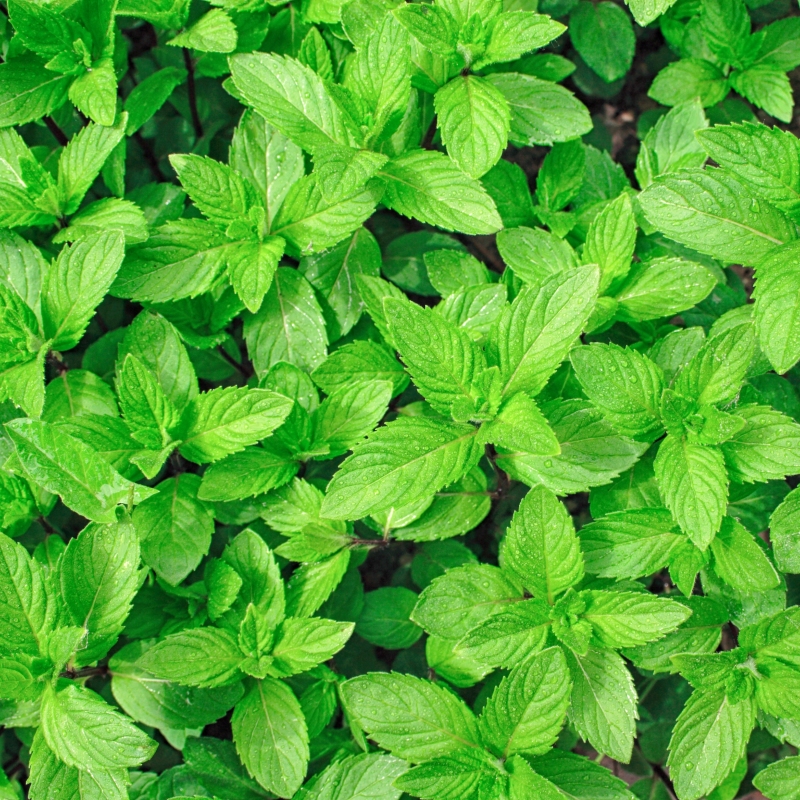
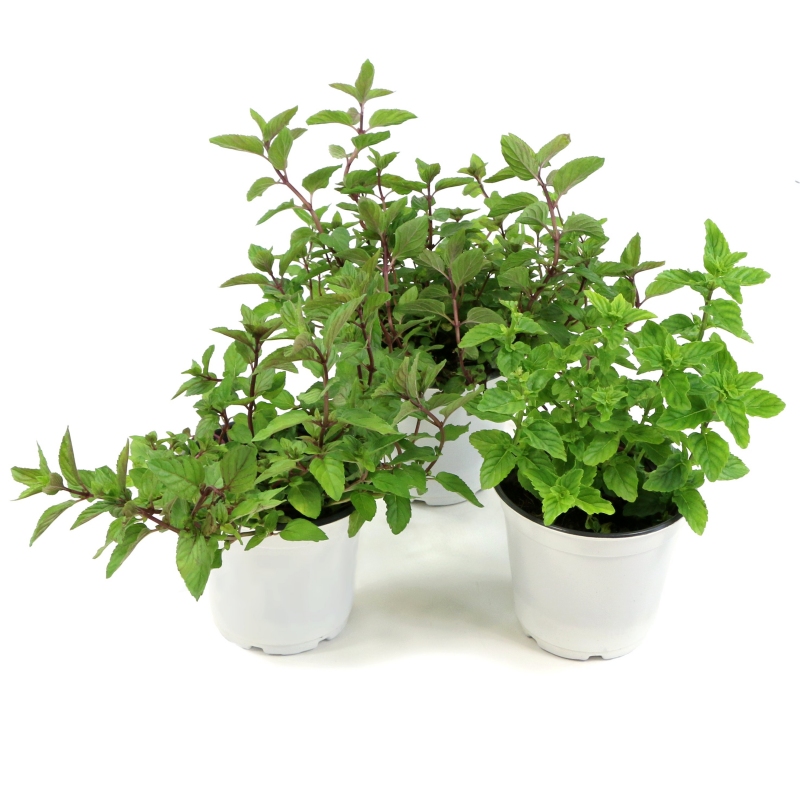
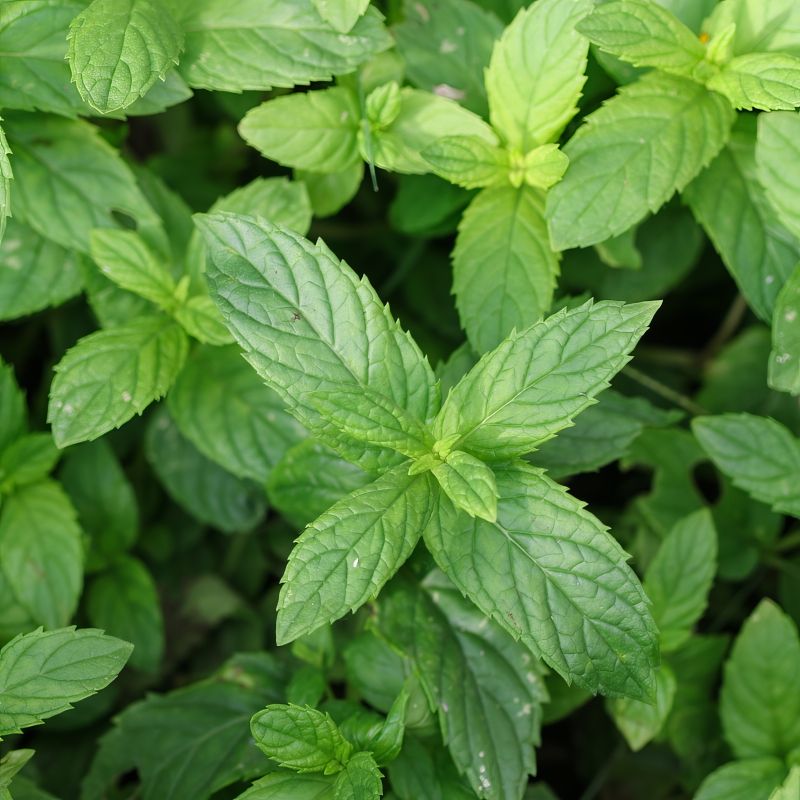
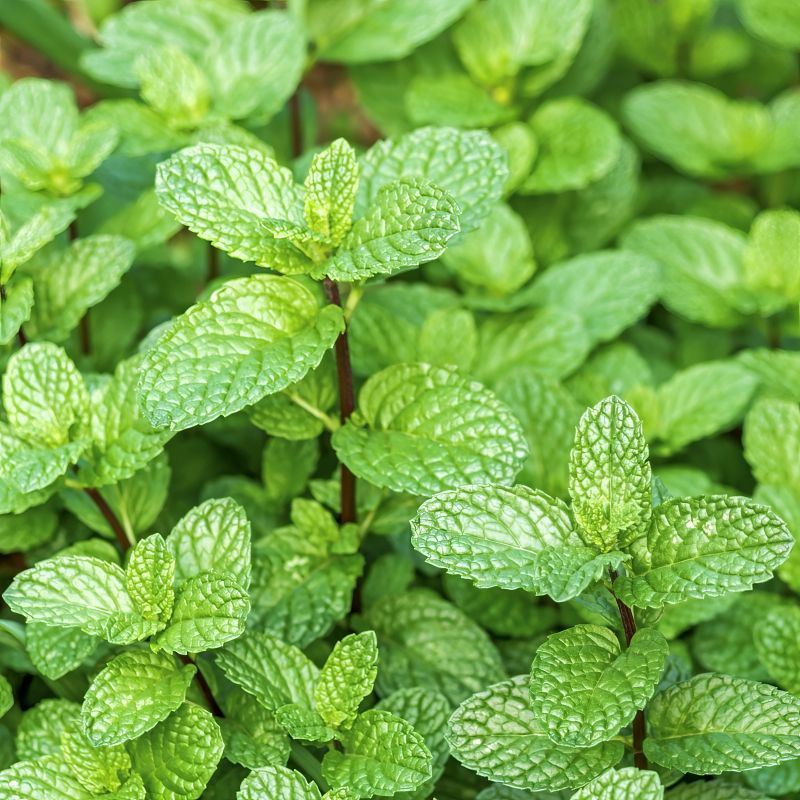
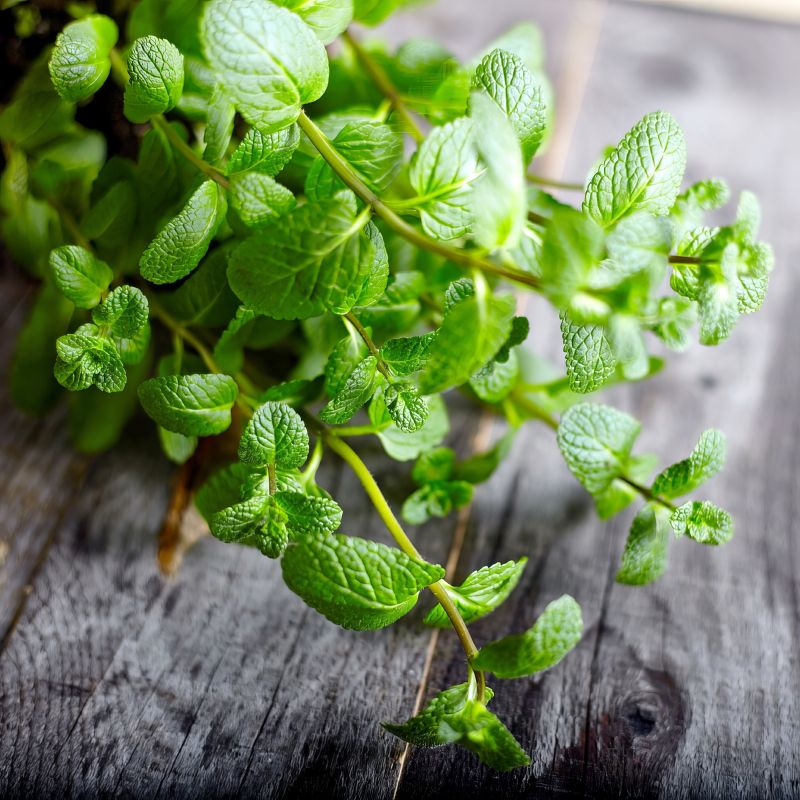
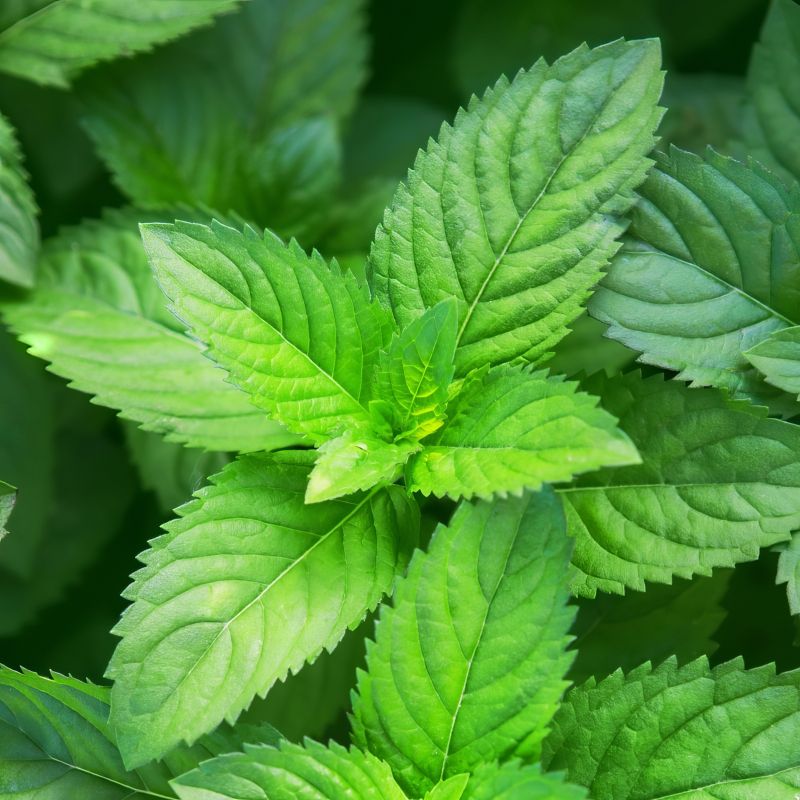
Herb 'Peppermint'
Mentha xpiperita Peppermint
18 reviews
Herb 'Peppermint'
Mentha xpiperita Peppermint
18 reviews
- Freshens breath naturally
- Can aid in digestion and soothe upset stomachs
- Contains antioxidants and may have antimicrobial properties
- Recommended by landscape designers for optimal fit in real yards
$68.00
$98.00
30% Off
- Ships to 43215 in 3 to 7 days
- Free Shipping Over $150
- Plant Arrival Guarantee
- In Stock
- Free Plant Consult
$200 - Landscape-Approved: Every Plant We Sell Comes With Design Expertise Behind It
- 4"
- 4", 3 Pack
Not just beautiful - intentionally selected by ShrubHub's 3D landscape design team to fit real-world spaces and maximize yard potential.
Why Herb 'Peppermint'?
Peppermint is a versatile herb with a refreshing, menthol-like flavor. It is commonly used in cooking, as well as in teas, candies, and aromatherapy products. Peppermint is known for its digestive benefits and its ability to alleviate symptoms of nausea, indigestion, and bloating. It also has antibacterial and antiviral properties, making it a popular choice for natural remedies.
People who loved this plant also bought
Sunlight
Peppermint herbs require full sunlight to thrive, preferably 6-8 hours of direct sunlight per day. They can tolerate some partial shade, but consistent sunlight is necessary for optimal growth and flavor development. Plant in a sunny location for best resu
Watering
Peppermint plants require consistent watering to keep the soil moist but not waterlogged. Water deeply to encourage strong root growth and avoid frequent shallow watering. Allow the top inch of soil to dry out slightly between waterings. Aim for watering 1
Fertilizing
Peppermint plants benefit from a balanced fertilizer with equal parts nitrogen, phosphorus, and potassium. It is recommended to use a slow-release fertilizer in early spring to promote healthy growth and strong flavor in the leaves. Over-fertilizing can re
Peppermint Herb (Mentha xpiperita Peppermint)
The Peppermint herb is a popular and versatile herb that is known for its refreshing and minty flavor. It is a hybrid mint, a cross between watermint and spearmint, and is native to Europe and Asia. Peppermint is a perennial plant that grows best in moist soil and full sun.
Peppermint is commonly used in cooking and baking, adding a fresh and cooling flavor to dishes. It is often used to make peppermint tea, which is known for its therapeutic properties and ability to soothe digestive issues. Peppermint leaves can also be used in salads, sauces, and desserts.
In addition to its culinary uses, peppermint has many health benefits. It is known for its ability to relieve symptoms of indigestion, nausea, headaches, and respiratory issues. Peppermint oil is often used in aromatherapy for its invigorating and uplifting scent.
Overall, the Peppermint herb is a versatile and beneficial plant that can be used in a variety of ways to enhance both culinary dishes and health and wellness routines.
Plant Information:
| Botanical Name: | Mentha xpiperita Peppermint |
| USDA Zones: | 5 - 9 |
| Color/Foliage: | Purple w/Pink Flowers |
| Mature Height: | 24 in |






Pollination Info
Pollination Info for Herb 'Peppermint' (Mentha xpiperita Peppermint)
Peppermint plants, like many other herbs, are typically pollinated by bees and other flying insects. These insects are attracted to the plant's bright and fragrant flowers, which contain nectar and pollen.
The process of pollination occurs when pollen from the male parts of the flower (anthers) is transferred to the female parts (stigma) either by the wind or by pollinators like bees. Once the pollen reaches the stigma, it can then travel down the style to the ovary, where fertilization takes place.
Peppermint plants are known to be self-pollinating, meaning that they can produce seeds and fruits without the need for another plant to pollinate them. However, cross-pollination can still occur if bees visit multiple plants in the area.
In order to promote pollination in your peppermint plants, it is important to provide a suitable environment for pollinators, such as having a diverse garden with plenty of flowers for them to forage on. Avoid using pesticides that can harm bees and other beneficial insects.
FAQ
Frequently Asked Questions about Peppermint
What is Peppermint?
Peppermint (Mentha xpiperita) is a hybrid herb that is a cross between watermint and spearmint. It is known for its refreshing flavor and aroma.
How is Peppermint used?
Peppermint can be used in a variety of ways, including as a flavoring agent in food and beverages, as a natural remedy for digestive issues, and as an essential oil for aromatherapy.
What are the health benefits of Peppermint?
Peppermint has a number of potential health benefits, including relieving indigestion, reducing nausea, and easing headaches. It also has antibacterial properties and may help to improve mental clarity.
Can Peppermint be grown at home?
Yes, Peppermint is relatively easy to grow at home. It thrives in moist soil and partial shade and can be grown in containers or in the ground.
Are there any precautions to take when using Peppermint?
While Peppermint is generally safe for most people, it can cause allergic reactions in some individuals. It is also not recommended for use in large amounts during pregnancy or breastfeeding.
Where can I purchase Peppermint products?
Peppermint products, such as dried leaves, essential oil, and teas, can be purchased at health food stores, online retailers, and some grocery stores.
Planting & Care
Planting & Care for Peppermint Herb
Peppermint (Mentha xpiperita) is a versatile and fragrant herb that is easy to grow in your garden or in containers. Follow these planting and care tips to ensure a healthy and thriving peppermint plant:
Planting
- Choose a location with well-drained soil and full to partial sun.
- Plant peppermint in the spring or fall, either by seed or nursery-grown plants.
- Space plants 18-24 inches apart to allow for spreading growth.
- Water deeply after planting and keep the soil consistently moist but not waterlogged.
Care
- Water regularly, especially during hot and dry weather.
- Apply a layer of mulch around the base of the plant to retain moisture and suppress weeds.
- Fertilize lightly with a balanced fertilizer once a month during the growing season.
- Prune regularly to encourage bushy growth and prevent the plant from becoming leggy.
- Harvest leaves as needed by cutting or pinching off stems.
Pests & Diseases
Peppermint is relatively resistant to pests and diseases, but some common issues to watch out for include aphids, spider mites, and powdery mildew. Treat any infestations promptly with organic pest control methods or fungicides.
Uses
Peppermint leaves can be used fresh or dried in teas, culinary dishes, desserts, and as a natural remedy for indigestion or headaches. Enjoy the fresh, minty flavor and aroma of peppermint straight from your garden!
Check Out These Verified Customer Reviews:
Customer Reviews
4.7 out of 5 based on 18 reviews
Thank you! Your review has been submitted.
The mint plant is thriving in my garden. It has a strong and refreshing aroma.
The peppermint plant arrived in perfect condition. It looks healthy and vibrant.
I can't get enough of the refreshing scent of the peppermint plant. It's a delight to have.
Item has been added to your cart.



